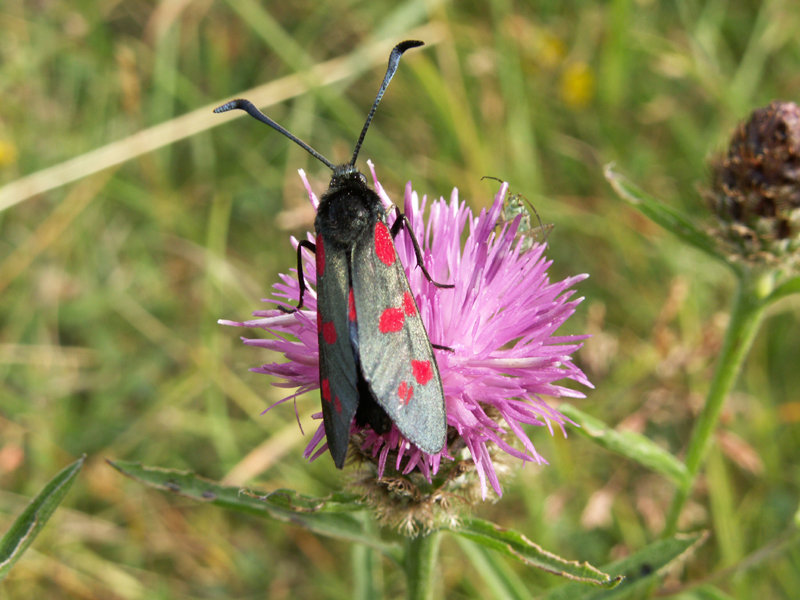Big Butterfly Count 2024
Ten members joined Richard Smout for a butterfly walk on the morning of Tuesday 23rd July. The walk was centred around a 15 minute session where members recorded all the butterflies, and a handful of the moths, that were seen as our contribution to the Big Butterfly Count, which lasts until 4th August this year. The weather was far from ideal, but at least it was dry. There was a strong breeze and although there was a window of sunshine for the start of the walk it soon clouded over.
Numbers of butterflies were slightly down on sunnier years, but it was good to record seven species during this time frame, and a further four species of butterfly during the course of the morning, outside the recording period. Of these species, gatekeepers were by far the commonest, being particularly fond of the brambles.
The figures were:
Gatekeeper 42
Meadow Brown 7
Ringlet 5
Speckled Wood 3
Holly Blue 3
Large White 1
Wall Brown 1
Of these the wall brown was the best find. Indeed it is not on the list of the species that can be recorded using the on-line form, and so if you go onto the Big Butterfly Count website this record will not be included.
Outside the formal count four more species were recorded. These were Comma, Red Admiral, Small White and a skipper which was either an Essex or a Small Skipper, but it moved on before the identification could be made.
Arguably the most intriguing sightings were the six-spot burnets, which were common on knapweed. The oval larval case was found on one of the grasses. We were able to watch one of the moths gradually emerging from its case and moving into the open air for the first time, which was really exciting to witness.
Many thanks to everyone who joined the walk, and helped record species in the conservation area of the cemetery. This area was chosen for the count because the additional cover provided by the grasses helps to increase the number of butterflies present, even if it means that the number of butterflies observed will be significantly lower than the number that will have been sheltered under the grasses waiting for better weather.
Richard Smout
RSHG President

